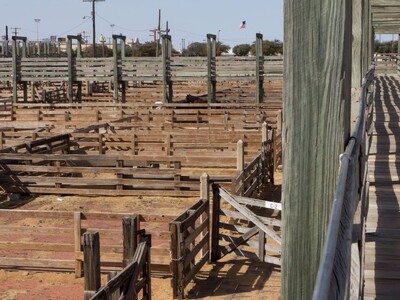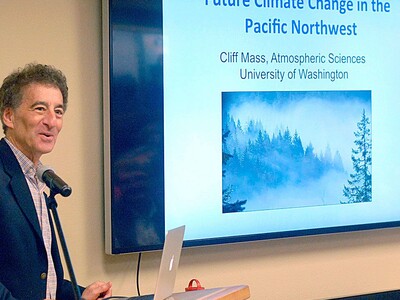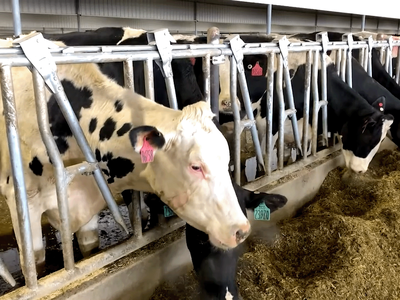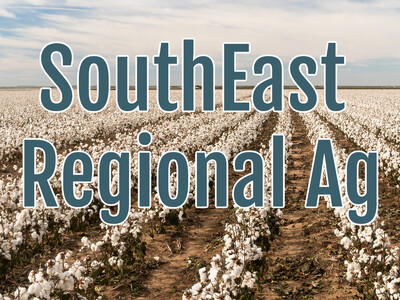Idaho farmland drop
Idaho lost 2,119 farms, or 8.5 percent of its total farms, between 2017 and 2022, according to the 2022 Census of Agriculture.Data from the 2022 ag census was released Feb. 13 and it showed there were 22,877 farms and ranches in Idaho during the 2022 census year. That was down from 24,996 farms during the 2017 census year.
The data shows there were 1.9 million farms and ranches in the United States in 2022. That was 7 percent, or 142,000, fewer farms than during 2017.
The Census of Agriculture is conducted every five years and is the only source of uniform, comprehensive and impartial agricultural data. It provides millions of potential data points on U.S. farming, down to the county level.
The 2022 census shows there was 11.55 million acres of total farmland – this includes crop and pasture land – in Idaho during the recent census year. That is a 1.2 percent, or 144,000-acre, drop from the 11.69 million acres of total farmland in the state in 2017.
Nationwide, the amount of total farmland in 2022 was 880 million acres, down 2.2 percent from 900 million acres in 2017.
While presenting highlights of the recent ag census during a livestream event Feb. 13, U.S. Secretary of Agriculture Tom Vilsack said the loss of farms and farmland in the U.S. is concerning to him.
“Survey after survey continues to show a decline in the number of farms and in farmland,” he said. “The amount of farm decline is significant. It’s particularly significant in this survey.”
To put the loss of 20 million acres of U.S. farmland in perspective, Vilsack pointed out that would equal the land mass of every New England state, with the exception of Connecticut.
Idaho Farm Bureau Federation President Bryan Searle, who farms in Shelley, said the loss of farmland is also of concern to Idaho’s agricultural industry and shows why it is important for IFBF and other farm organizations to continue to find ways to try to slow the rate of farmland loss in the state.
According to a University of Idaho study released this year, agriculture is directly and indirectly responsible for 13 percent of Idaho’s total gross state product, one in every 9 jobs and 17 percent of the state’s total economic output.
“It’s heart-wrenching to learn we lost more than 2,000 farms and 144,000 acres of farmland,” he said. “As Idaho Farm Bureau joins other organizations in trying to find a way to slow the loss of the state’s precious farm ground, this latest ag census data serves as sort of a wake-up call on the importance of those efforts.”
The Census of Agriculture was first conducted in 1840 and its data is available for the national, state and county levels, as well as by congressional district, zip code and by watershed.
“For decades, the information provided through the Census of Agriculture has helped us understand American ag,” Chavonda Jacobs-Young, USDA Under Secretary for Research, Education, and Economics, said during the livestream event.
She said the data is critically important in supporting sound policy and decision making.
“Bottom line, we need data to make well-informed decisions,” Jacobs-Young said.
Other national and Idaho highlights of the 2022 Census of Agriculture:
The average size of a farm in Idaho during 2022 was 505 acres, up 8 percent from 468 acres in 2017. Nationally, the average size of farm in 2022 was 463 acres, up from 441 acres in 2017.
Canyon County had the most farms in Idaho in 2022, with 2,311. Twin Falls County ranked second (1,169), followed by Ada County (1,142) and Bingham County (1,081).
When it comes to total value of agricultural production, Cassia County ranked No. 1 among the state’s 44 counties with $1.15 billion in 2022. Twin Falls County ranked second ($1.14 billion), followed by Gooding County ($1.12 billion), Jerome County $944 million) and Canyon County ($829 million).
The average age of an agricultural producer in Idaho was 56.6 in 2022, up slightly from 56.4 percent in 2017. Nationally, the average age of a farmer ticked up from 57.5 in 2017 to 58.1 in 2022.














